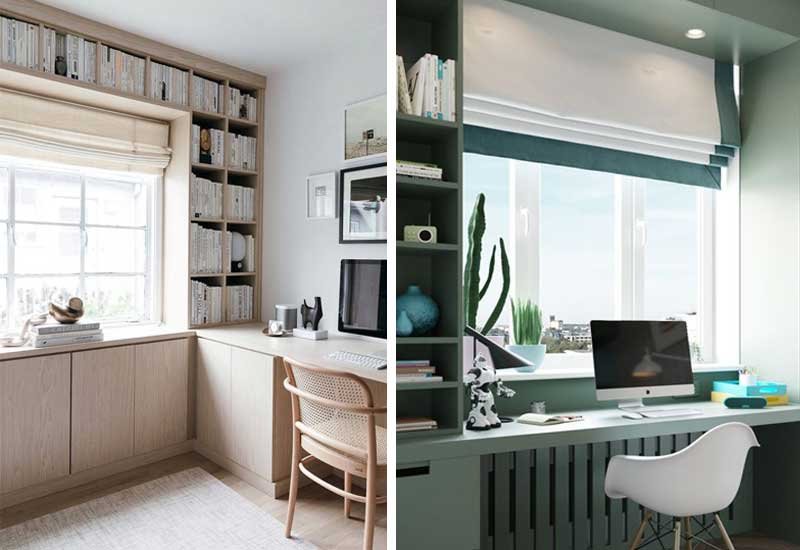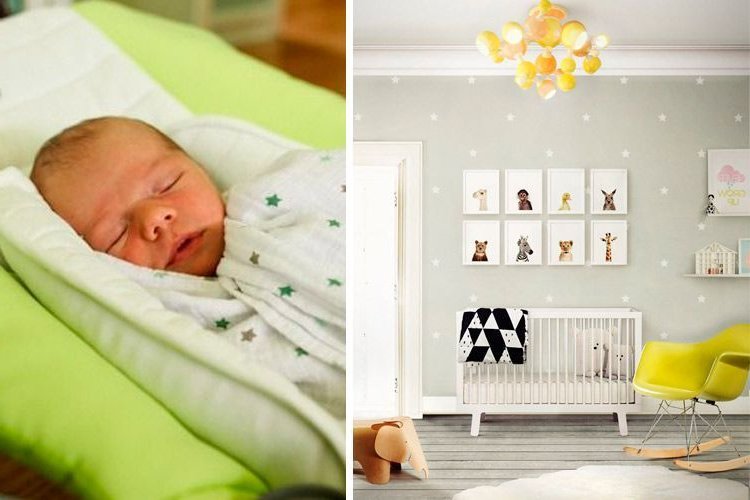How to set up a home office for telecommuting
Something positive can be drawn from any situation, and also from this pandemic we have had to live through; among others, the 5-year leap in digitalization we have made and the rise of teleworking.
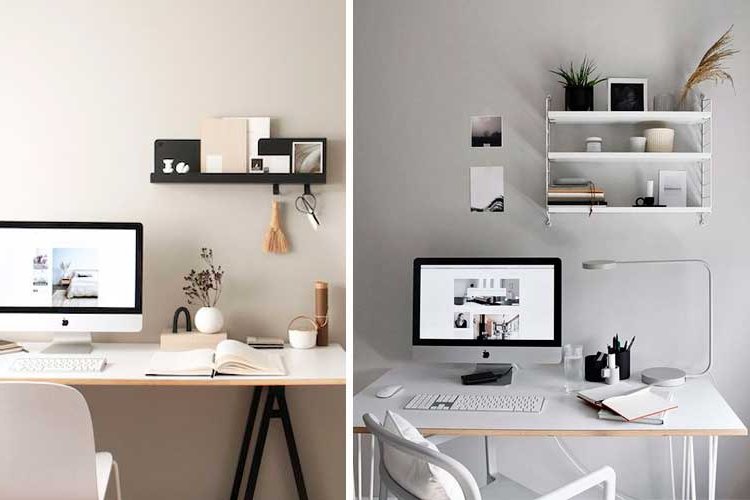
The advantages of setting up our office at home are many: we save on transportation time, costs, pollution, we can better reconcile work and family life... But at the same time it has forced us to change our homes to adapt them to the new situation.
Some people have reused the dining table to set up their desk, others have created a space in the living room, others have recovered the office and others have tried to recreate a pleasant and adequate space to work.
But until now they have been mostly temporary solutions, waiting for the return to the office that was expected soon. However, it seems that teleworking, at least partial (2 or 3 days a week) is definitely going to impose itself in many companies and therefore we have to prepare our home office properly.
So in today's post we put on our work overalls to analyze all the aspects you should take into account when setting up your home office so that you can perform at your best without neglecting your health, from how to take advantage of the light to which desk to choose or which office chair to choose. Let's go there!
1. The location
This is the first thing we have to define before we start looking for desks. In this sense, the main tips would be the following:
If you can dedicate a room, however small, for teleworking, so much the better, since this way you will be isolated from the rest of the house and you will be able to separate both physically and psychologically the "work zone" from the "family zone".

If you cannot dedicate a full stay, try at least to share it with another.
The most common case is the guest room, which is used only a few times a year, so you have "almost" a personal office and you will only have to share it when you have people at home.

It is also usually placed, if you have it, in the central area of the dressing room, since it is also little used during the day and you can isolate yourself well from the rest of the house, even if you have to live between jackets and pants.

Another very common room to place the desk is the master bedroom, taking advantage of a loose hole in the wall or replacing a bedside table with a desk, although in these cases we will probably have to give up a good table due to lack of space.

In this case we could also remove a cabinet module to place our mini bureau.
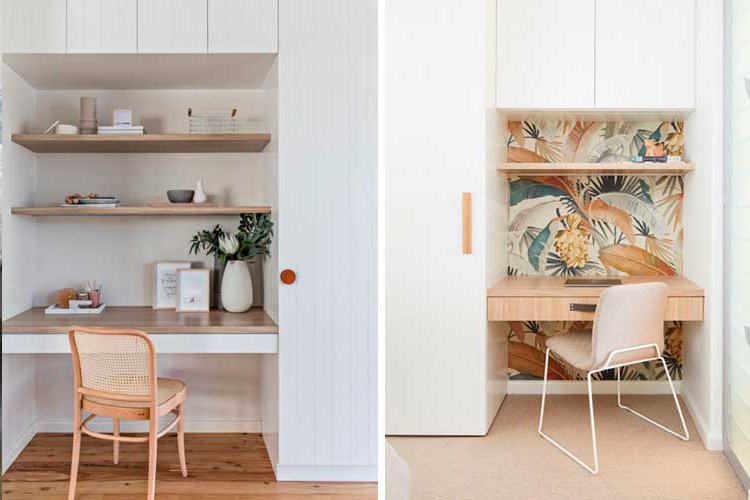
If instead you cannot share uses in a separate room, either because you have a small house or because all your rooms are full, you will have to look for a special corner to telework in a common area, with the disadvantage that you will not be able to isolate yourself so much from the main activity of the room.
The most common is to place a desk in the living room (behind the sofa, as a continuation of the TV cabinet, in a corner...).
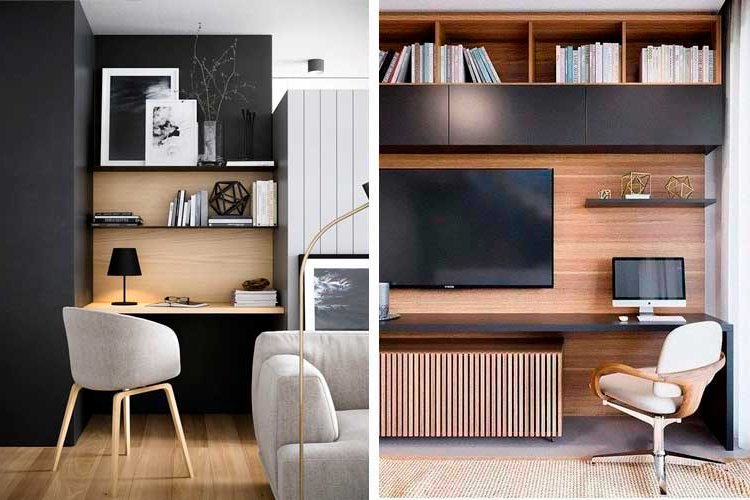
Or there are those who place it even in the kitchen, taking advantage of a gap left free by the appliance columns or, if it exists, in the kitchen island.

And finally, distributors or passageways are also used for these cases, which normally have dead spaces that we can dedicate to the office area, although in this case the concentration will decrease if there are many people in the house by the bustle that can be in these areas.

2. The light
Once we have decided the area of the house where we are going to install our small home office, we have to study where to place it in order to receive as much natural light as possible.
In this sense, we should place the desk as close to a window as possible, with light entering from the left (if you are right-handed, the most common case) or from the right (if you are left-handed).
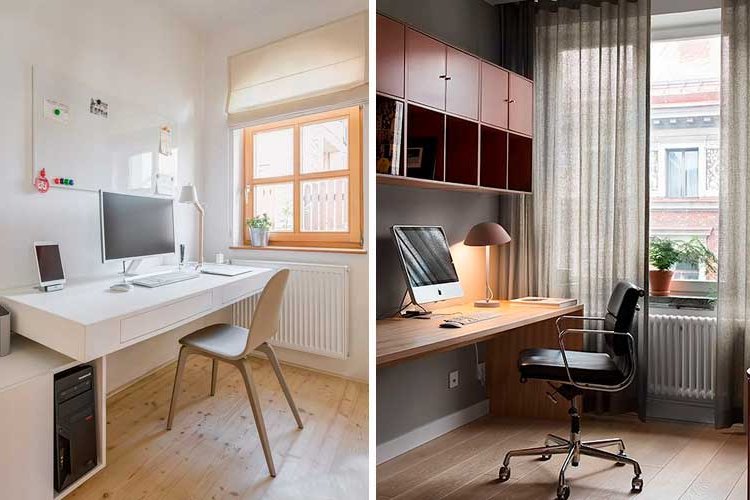
The desk can also be placed under the window, with the advantage that it will be easy to raise your eyes and look at the horizon from time to time to rest your eyes, something as essential when working as getting up every two hours to stretch your legs.
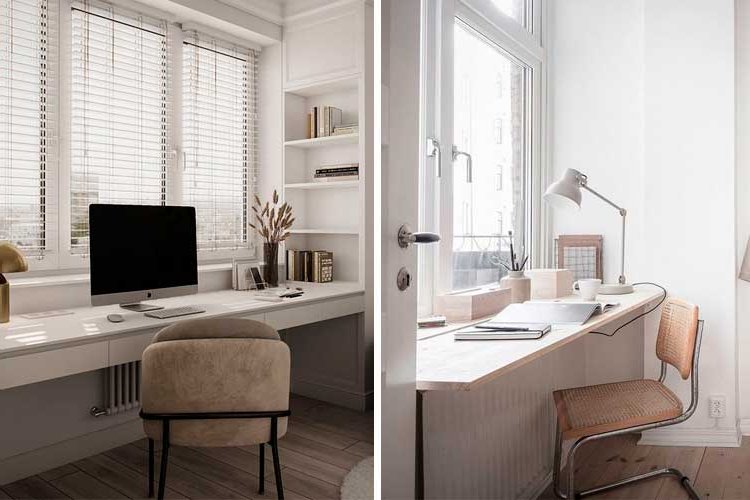
However, keep in mind that it can be uncomfortable if your windows are casement windows that open inwards, especially if you work with large screens and not laptops, as these cannot be folded when you want to open them.
The solution for this would be to opt for sliding windows, put a fixed of about 40cm at the bottom of the window or opt for windows that open outwards.
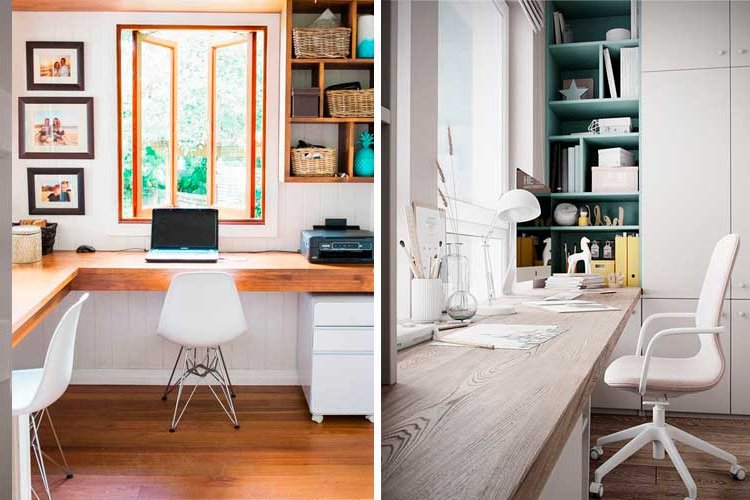
It is also very common to place the desk in the center of the room, since in this way we avoid the problems of placing them under the window but at the same time we avoid having to be looking at the wall.
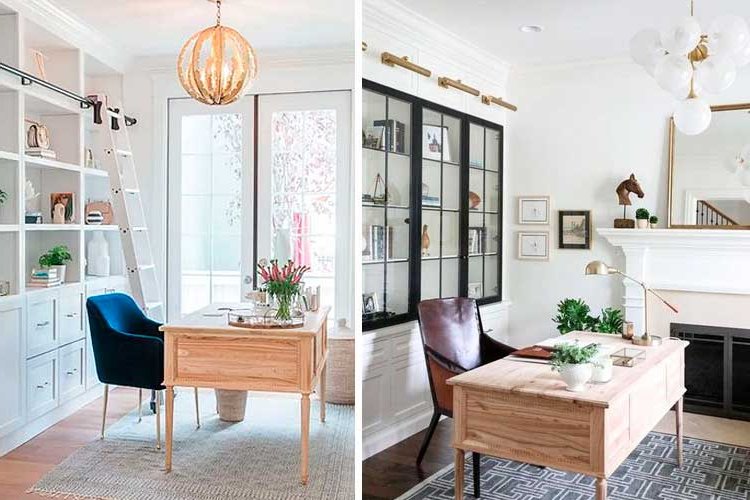
The problem in these cases is usually the computer cables and various technological accessories, since having to reach a socket they have to be carried on the floor and besides being unsightly can lead to snags if we get up. The best solution is to place a carpet to hide them as far as they will go or place the desk relatively close to a wall.
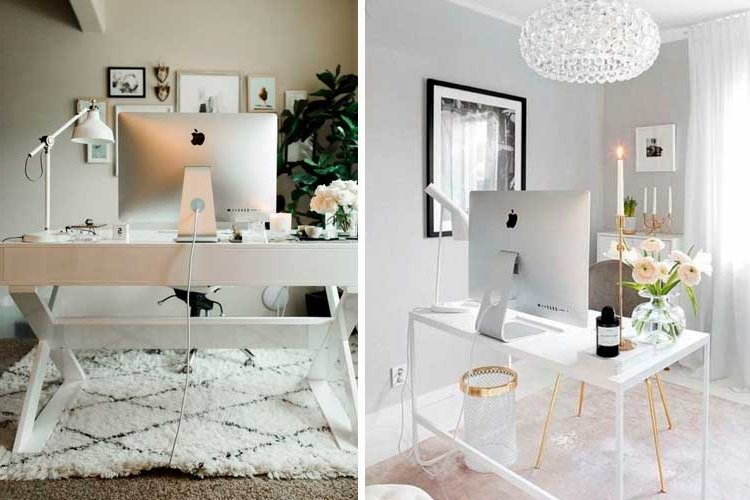
And if it is not possible to have a window nearby, you should at least consider a good general lighting (covering the whole room) and a quality flexo to get a more focal or working light.

3. The desk
The desk is, together with the chair, the main element of the home office.
When choosing it for teleworking, it should have a considerable size (minimum 150x60cm), because although we work with laptops, we always need space to connect other elements such as hard drives, an auxiliary mouse, charge the mobile, etc. and we must also leave space for a notebook or sheets to write down quick notes, so the L-shaped solutions are also interesting.
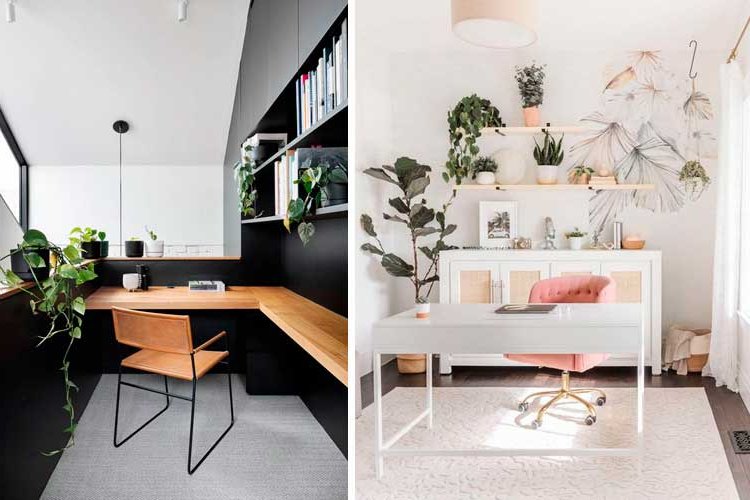
If it is not possible to opt for a good table, there are many options on the market to opt for a mini-desk to hang anywhere, but keep in mind that for daily teleworking it will be too small.
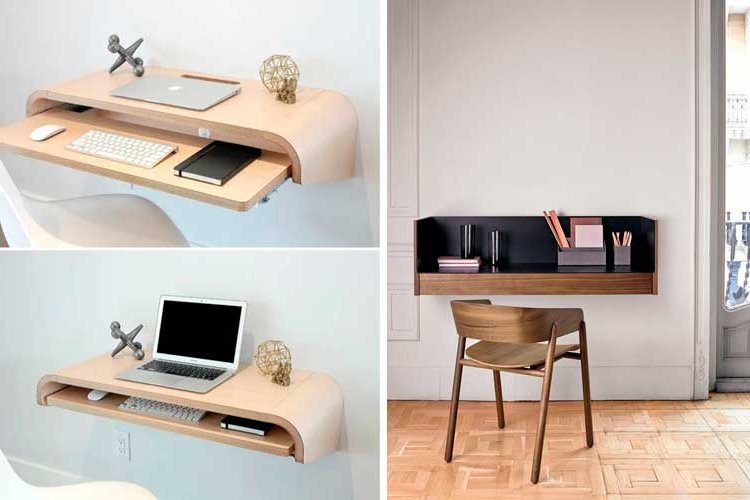
In addition, it is recommended that you have some type of cable grommet to prevent cables from showing above the desk, as this creates "visual clutter" and some unnoticeable anxiety, as well as taking up vital space for other things.

On the other hand, it would be ideal to have sockets underneath for permanent elements (flexo, PC tower, etc.) and another one above to plug in quick or temporary things (cell phone charger, etc.), or to organize a charging station in a drawer so that they are hidden.
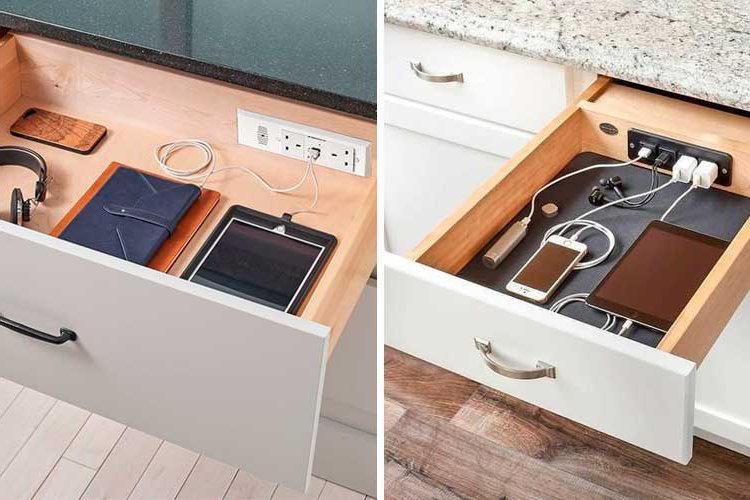
Underneath the desk, it would also be convenient to have some kind of bureau or chest of drawers to store folders or accessories, especially if they are against the wall.
In this sense, the bucs with drawer and folder are very interesting, although there are those who prefer only drawers, and they can be free-standing or anchored to the desk.

Of course, the ideal way to take advantage of the space under the desk would be to be able to have at least two: a bureau of one type or cabinet on the left and another on the right, sitting in the center recess.

As for the material, it will depend on taste and according to the style of the room. The top can be made of lacquer, solid wood, porcelain, melamine...
The ideal desks are veneered desks, which have a smooth surface and are usually quite sturdy.
Wooden ones are very eye-catching but expensive, and if the wood has marked veins (with relief) it can be uncomfortable to work with if you try to write on a sheet of paper placed directly on top of it.
The lacquered ones, on the other hand, are very beautiful but also delicate, as they tend to generate scratches easily.
The chair
As important or more important than the desk, we must take into account that during teleworking we will spend many hours on it and therefore it must be ergonomic, that is to say, it must adapt well to the human body, because otherwise our back or lumbar will end up noticing it.
Although fixed desk chairs look very nice, the truth is that elevating chairs are much more practical, as they allow you to adjust the height of each one to adapt to the chosen desk.
In addition, it is also good that they are swivel and with wheels, to get out of the desk comfortably or move the chair easily.

Finally, it should ideally have armrests and a high enough backrest so that we can rest our bodies if we want to lean back to take a break from work, stop to think, etc.
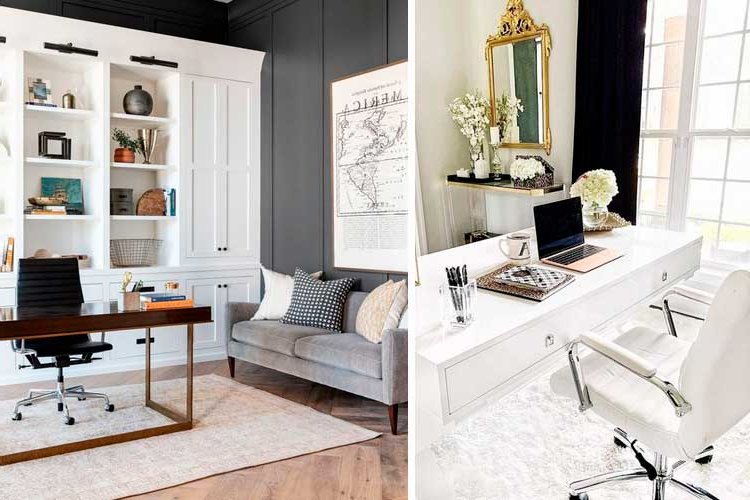
For this reason, carpets are not usually recommended in the office, or at least not in such a way that the chair steps on them when leaning back. In this sense, it is advisable to place it so that it does not hinder the chair or to place it smooth, thin and that it occupies the entire surface of the chair and desk, always making sure that if it has wheels it runs well over it.
There is also a variety of materials: they are upholstered in different fabrics, wood, wicker, plastic materials, leather... The upholstered ones are usually the most comfortable because they are somewhat soft, although if you choose wood, plastic or wicker you can also place a cushion on top to improve comfort.
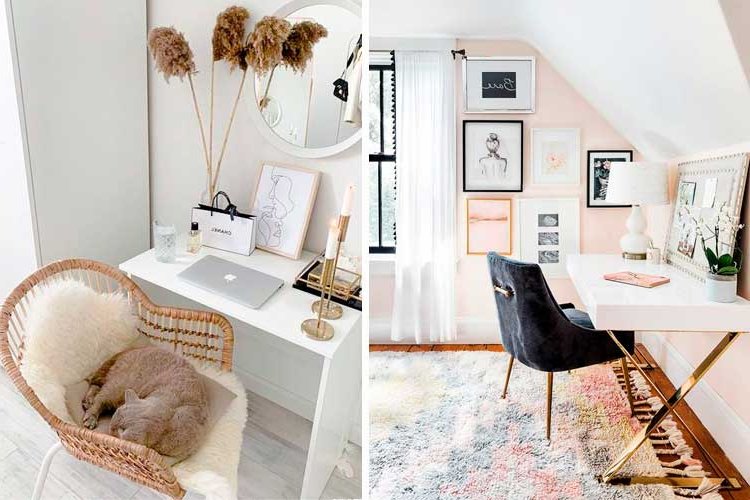
Storage
A home office cannot be considered as such if it does not have some kind of storage for papers, reference books, filing cabinets and other accessories needed on a daily basis.
In addition to the cabinets mentioned in the previous sections, we can also use under-desk cabinets to hide the printer, a rather bulky item that we do not use every day. Ideally, it should be supported on a removable shelf so that it can be taken out whenever we want.
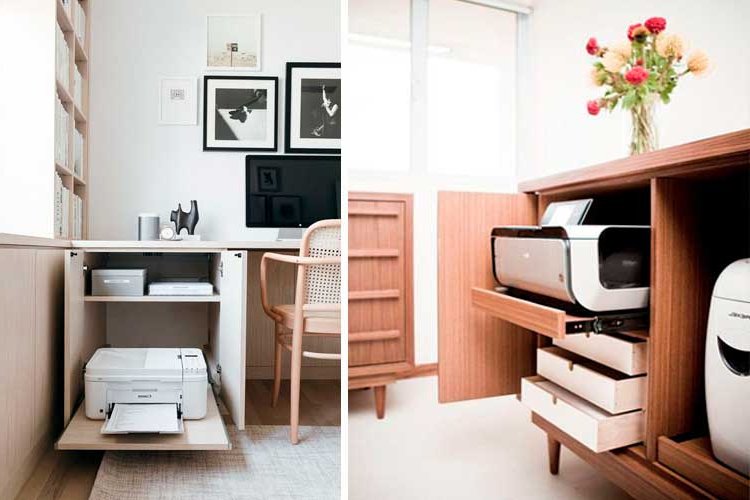
On the other hand, especially in those creative professions that need to constantly use a lot of material, it is convenient to place partitions in the drawers of the bins to keep it organized.
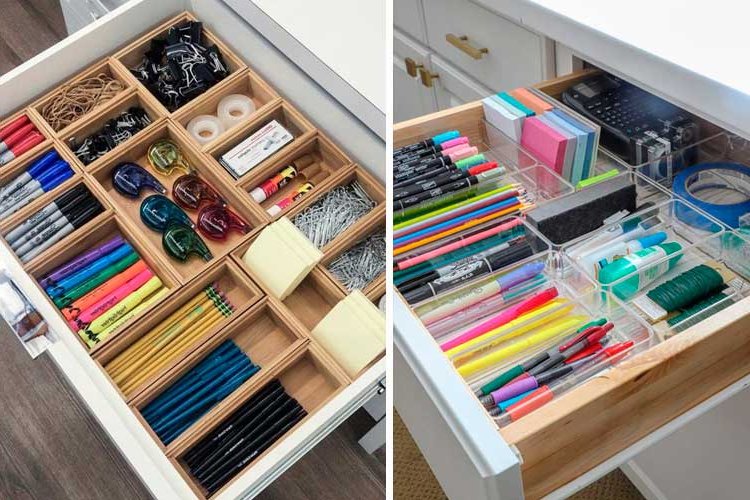
And of course, in addition to the lower space, we can take advantage of the upper space by placing shelves or closed modules on top of the desk.
The shelves are lighter and more pleasing to the eye, and allow you to have everything you need at hand, although they are usually shallower than the modules and depending on the model you choose, you must ensure the weight you need so that it does not expire.

On the other hand, the modules are hung like kitchen cabinets and can therefore support a lot of weight, in addition to making the office aesthetically cleaner by leaving all the elements stored inside and being more comfortable to clean, since they prevent papers from getting dusty.
So the ideal way to combine capacity and aesthetics is a mixture of both.

Finally, we can also get various desk elements to keep everything at hand: pen and pencil containers, boxes (with or without lids), trays with dividers... In this sense, desk sets usually have various accessories that will make our domestic work life easier.
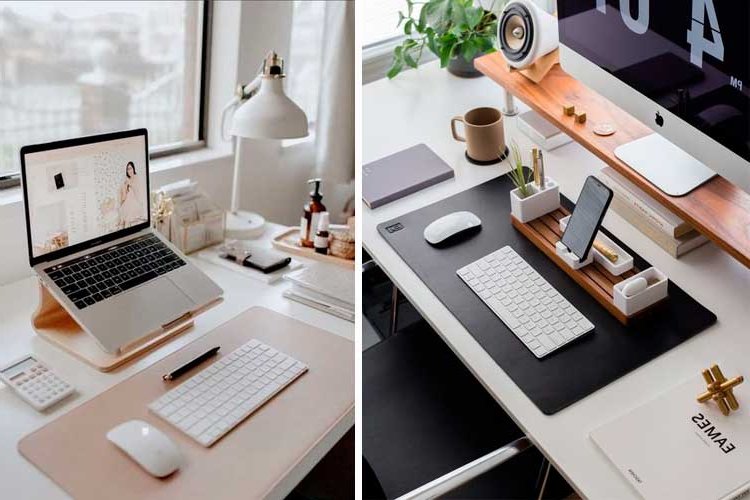
The computer
Although it is an element in which aesthetics has less weight than functionality, it is important to take into account its presence, since it will occupy a good part of our work area.
If it is a laptop, you will be able to have a freer desktop, since they occupy much less space than a desktop computer and therefore will allow you to have a desktop with less background.
If you work with a keyboard and screen, you will need to be wide enough to move the screen out of sight (which is usually larger than that of a laptop) and have enough space in front of you for the keyboard.
However, there are space-saving solutions based on elevated trays where either the screen or various accessories can be placed to hide the keyboard when not in use.


Also keep in mind that if you work with a PC you will have to leave a space for the tower. It is usual to place it either on the floor or, much more advisable, in a hole left by a desktop cabinet to avoid dust from the bottom.
Accessories and other elements for teleworking
Every self-respecting home office should also have other necessary and useful items for day-to-day use.
To start with, you should have a good lamp that allows you to work when the light dims. In this sense, it should ideally be articulated (both the arm and the screen) so that you can adjust it both in height and orientation to suit your needs.

In addition, you should avoid being dazzled by the spotlight and make sure that it covers as much of the working space as possible.
On the other hand, you must have a wastebasket, which is necessary so that you don't have to get up every now and then to throw away papers you don't need.
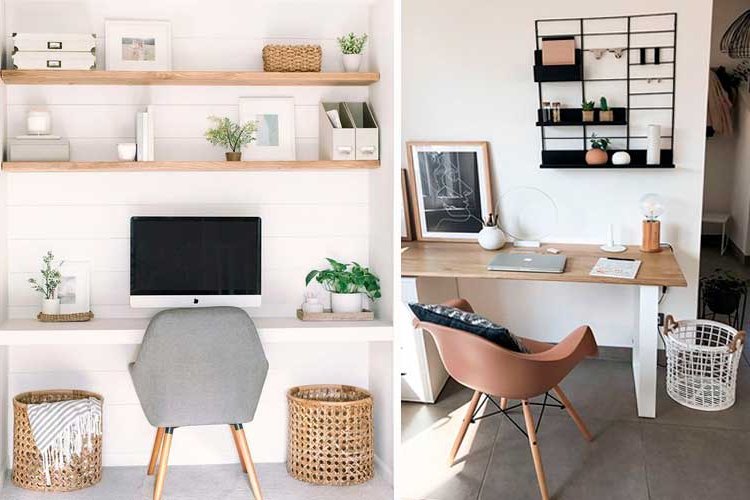
Finally, if possible, in addition to the storage above and below the desk, it is advisable to have some free-standing shelves to store everything that we do not consult every day but that we may need at some time.

A shelf will always come in handy, but it is particularly important when we place the desk in the central part of the room or in such a way that the table only has "air" above it, since in those cases we will not have the possibility of adding shelves above to have at hand what we need.
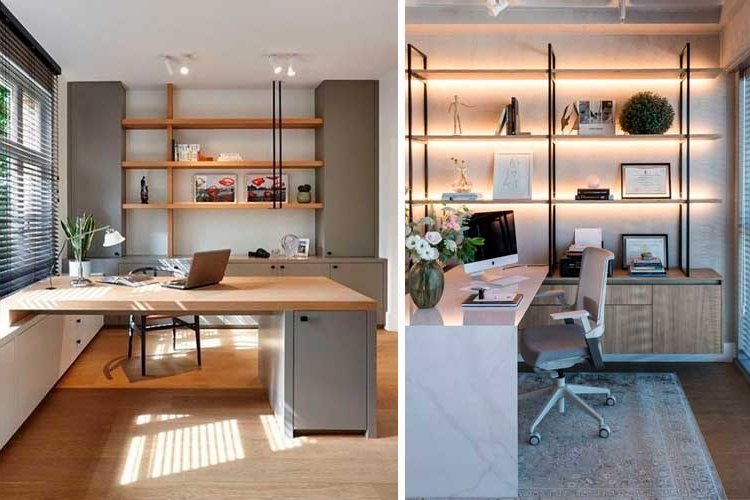
In these cases it is usual to build shelves behind the desk, and they are more common in rooms dedicated only to the office.

Anyway, with these tips you have no excuse to set up your home office and get ready for teleworking, which seems to be here to stay worldwide.


